The difficult market forces many textile and garment companies to accept small orders that are not their forte in order to have work and retain workers.
"Difficult, never been so difficult," said Mr. Cao Huu Hieu, General Director of Vietnam Textile and Garment Group (Vinatex) about the situation of the fiber and garment industry in 2023.
Since the last quarter of 2022, most textile and garment enterprises have only received small orders. "There are units with thousands of workers who only receive orders for a few hundred or a thousand shirts, but they still have to do it to have work. This has never happened before, even at the peak of the epidemic," Mr. Hieu shared.
According to the Vietnam Textile and Apparel Association (VITAS), the industry is going through a more difficult period than the Covid-19 period. In the first five months of the year, textile and garment exports decreased by 21% compared to the same period last year, and 5% lower than in 2021.
"Businesses must reduce costs and even sell part of their assets to cover expenses, maintain operations and avoid bankruptcy," said Mr. Truong Van Cam, Vice President and General Secretary of VITAS.
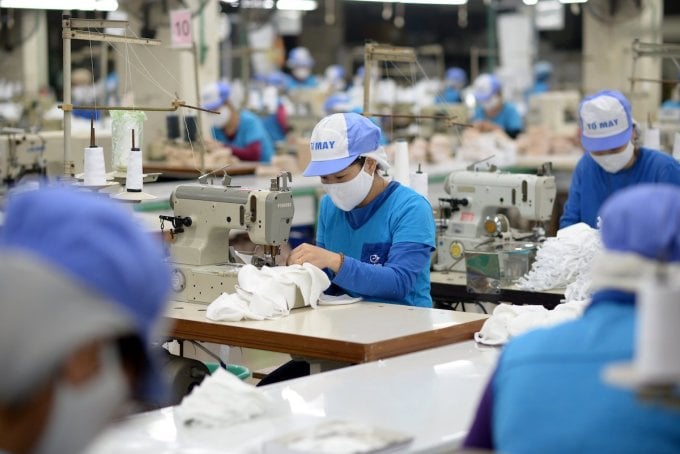
Sewing team members of Dong Xuan Knitting Company, Hanoi. Photo: Cao Nam
In addition to the lack of orders, the processing price has also decreased by half compared to before. Previously, the processing cost of a shirt was 1.7-1.8 USD, but now it is only 0.7-0.8 cents. Businesses also have to accept items that are not their forte, such as pants processing specialists now accept shirt making to keep the production line from being empty and to provide work for workers.
Not to mention, customers have more stringent requirements, often "delay" receiving time, causing difficulties for businesses in terms of cash flow and warehouse space.
Similarly, the knitting sector also has "almost no orders" and large inventories from April 2022 to present.
Despite the difficulties, according to Mr. Cao Huu Hieu, more than 63,000 workers at member units of this group still maintain their jobs, with an income of over 9 million VND per person per month.
"No unit has had to lay off workers because of lack of orders," he said. This is thanks to businesses accepting small orders, finding new markets and accelerating green transformation in production.
Textile and garment industry is forecast to not improve in the second half of the year in the context of decreasing global demand. VITAS forecasts that the whole year's turnover can only reach about 40 billion USD, 12-15% lower than the target.
As for Vinatex, the group set a pre-tax profit target of VND610 billion this year, down more than 40% compared to the profit in 2022. But Mr. Cao Huu Hieu said, this is the best scenario that the group can expect to achieve in the current difficult market context.
Vinatex leaders said they will focus on strengthening market forecasts, proactively planning production, stabilizing cash flow, and prioritizing retaining the workforce to be ready to seize opportunities when the market recovers.
Source link



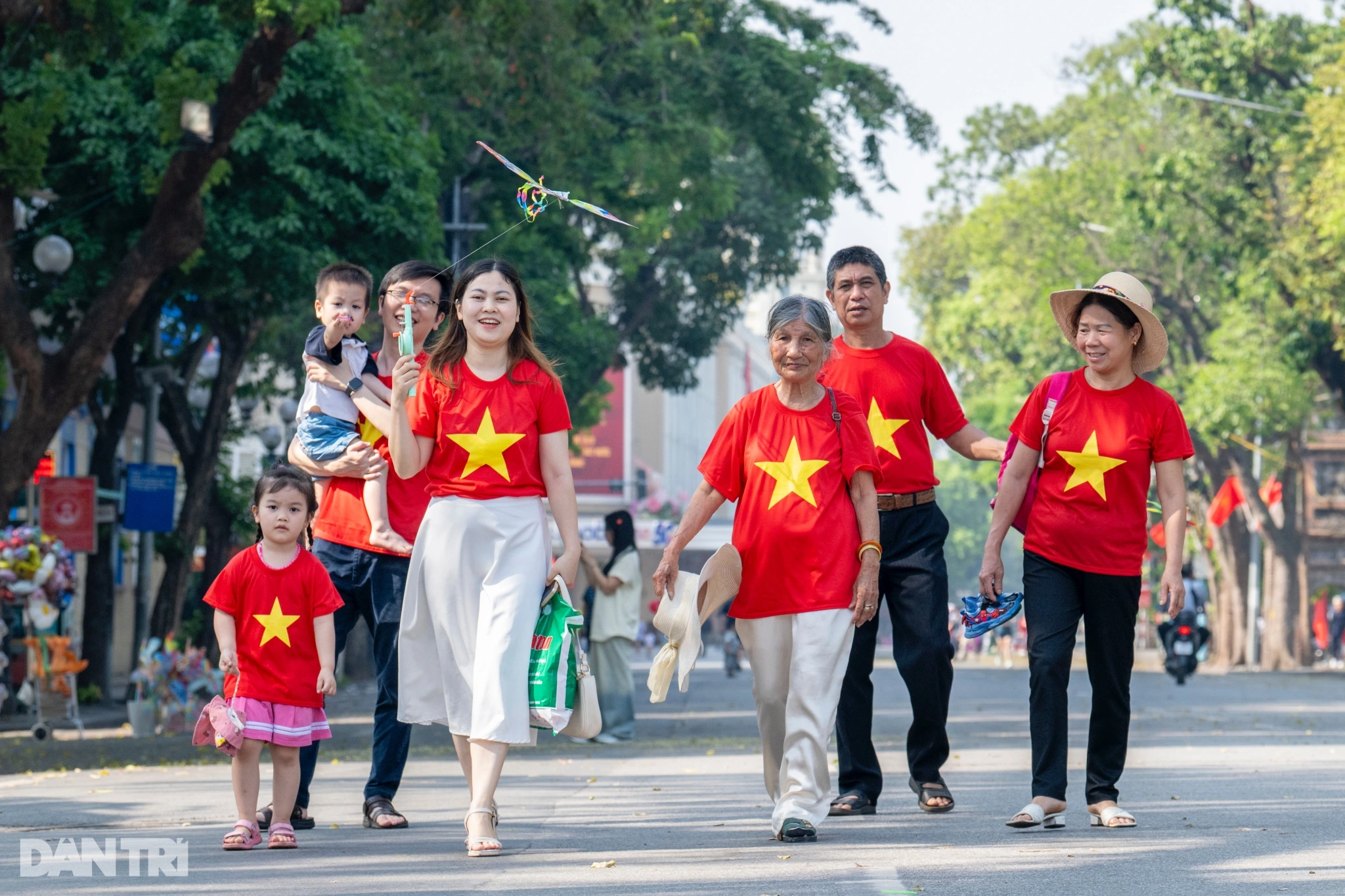
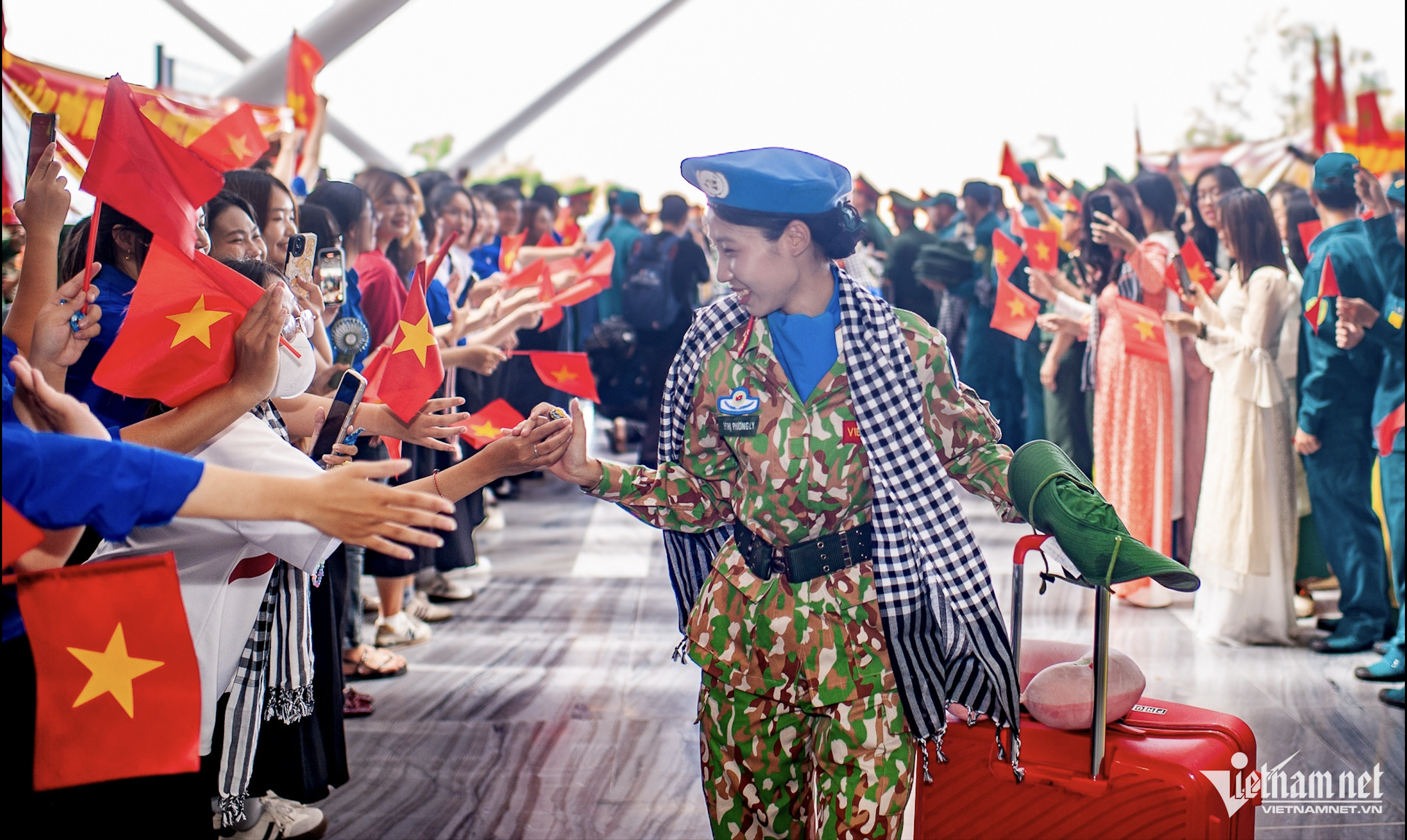


![[Photo] Bustling construction at key national traffic construction sites](https://vstatic.vietnam.vn/vietnam/resource/IMAGE/2025/5/2/a99d56a8d6774aeab19bfccd372dc3e9)
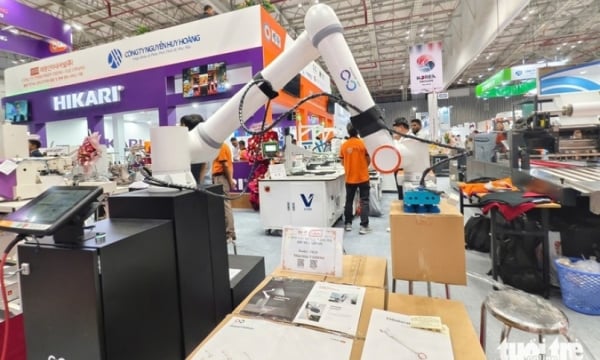



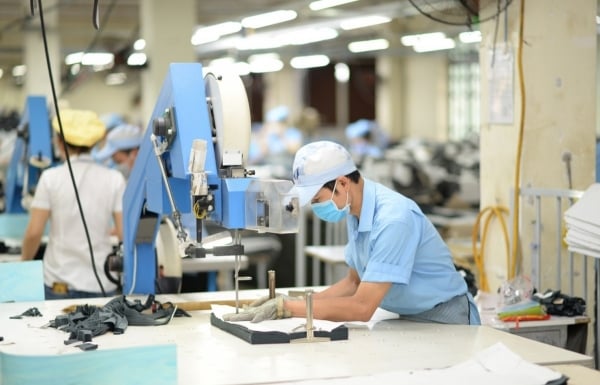

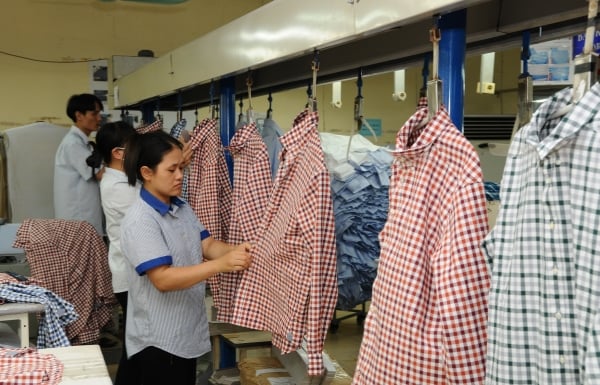
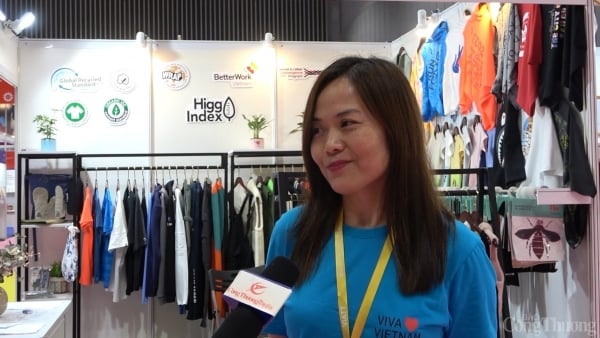
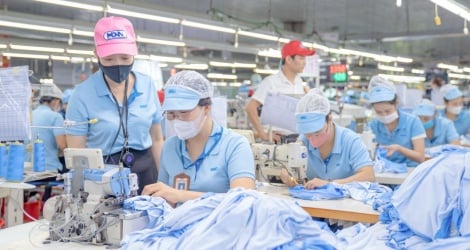


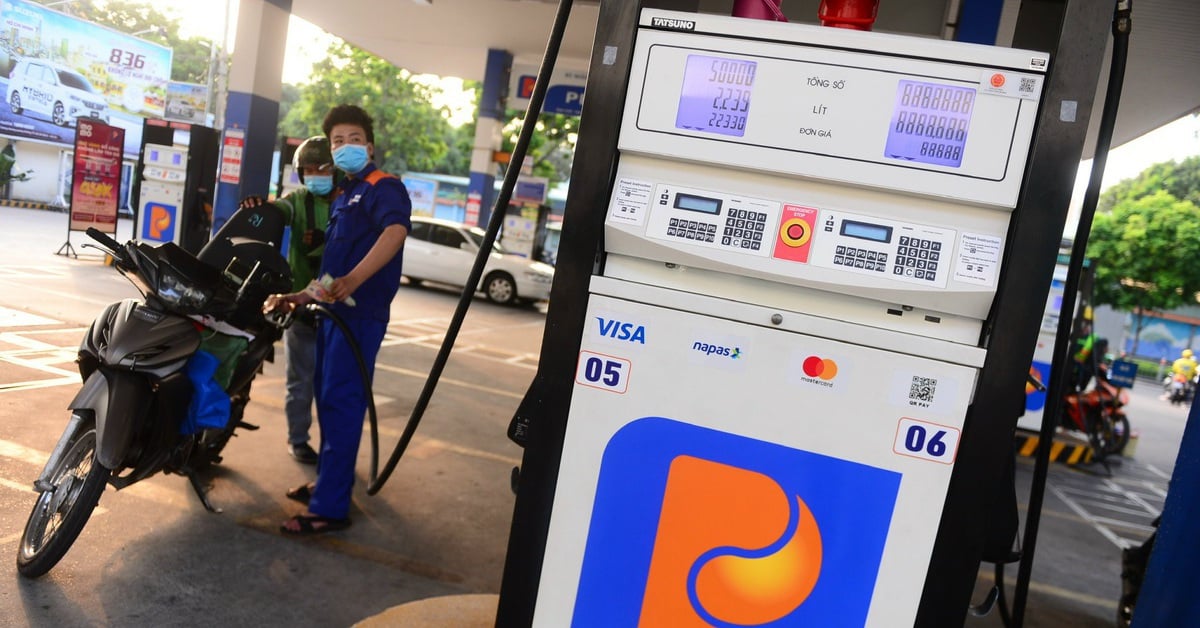
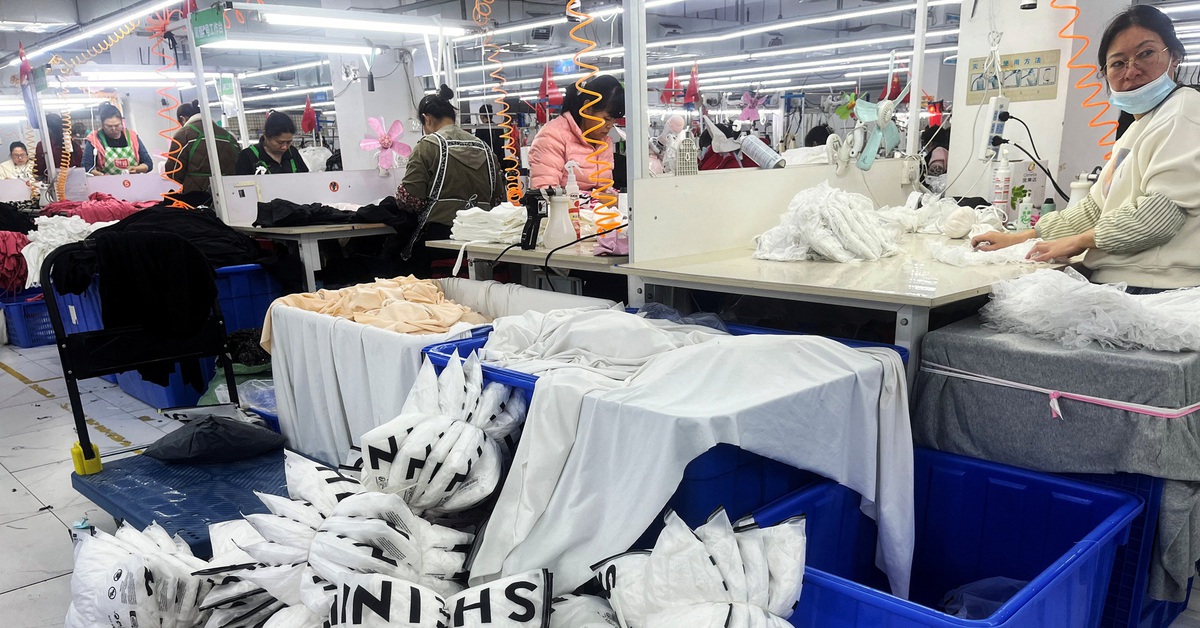
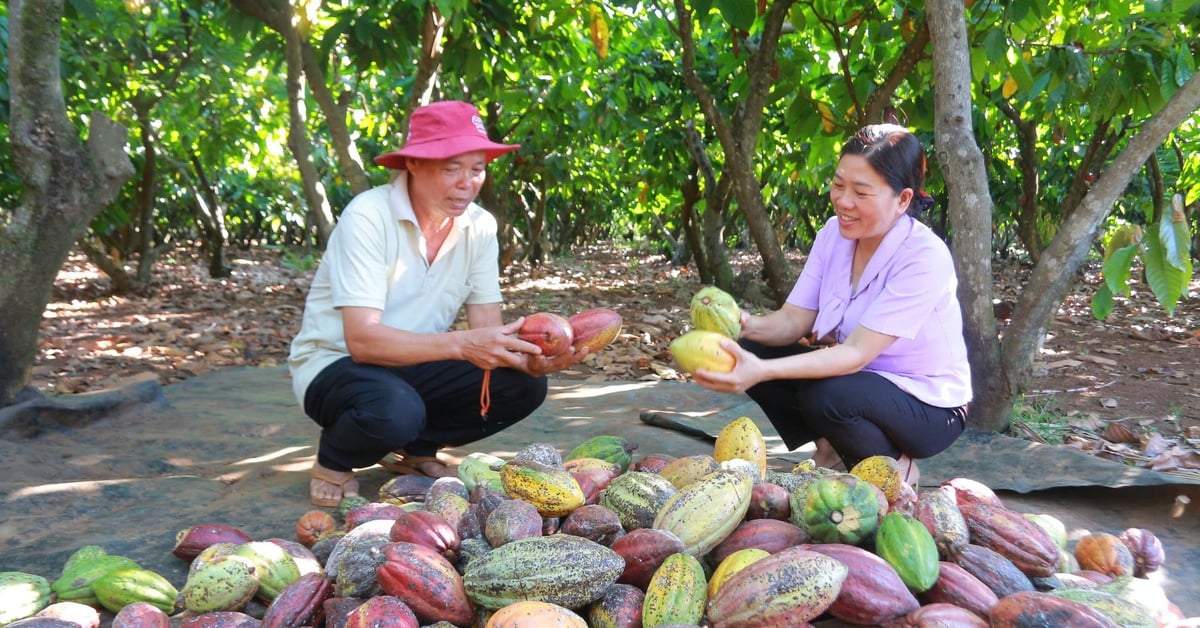
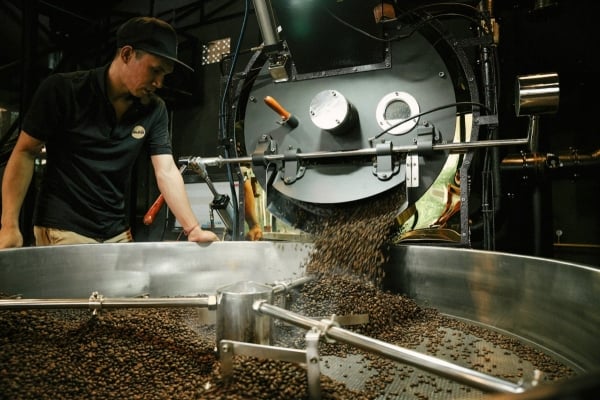
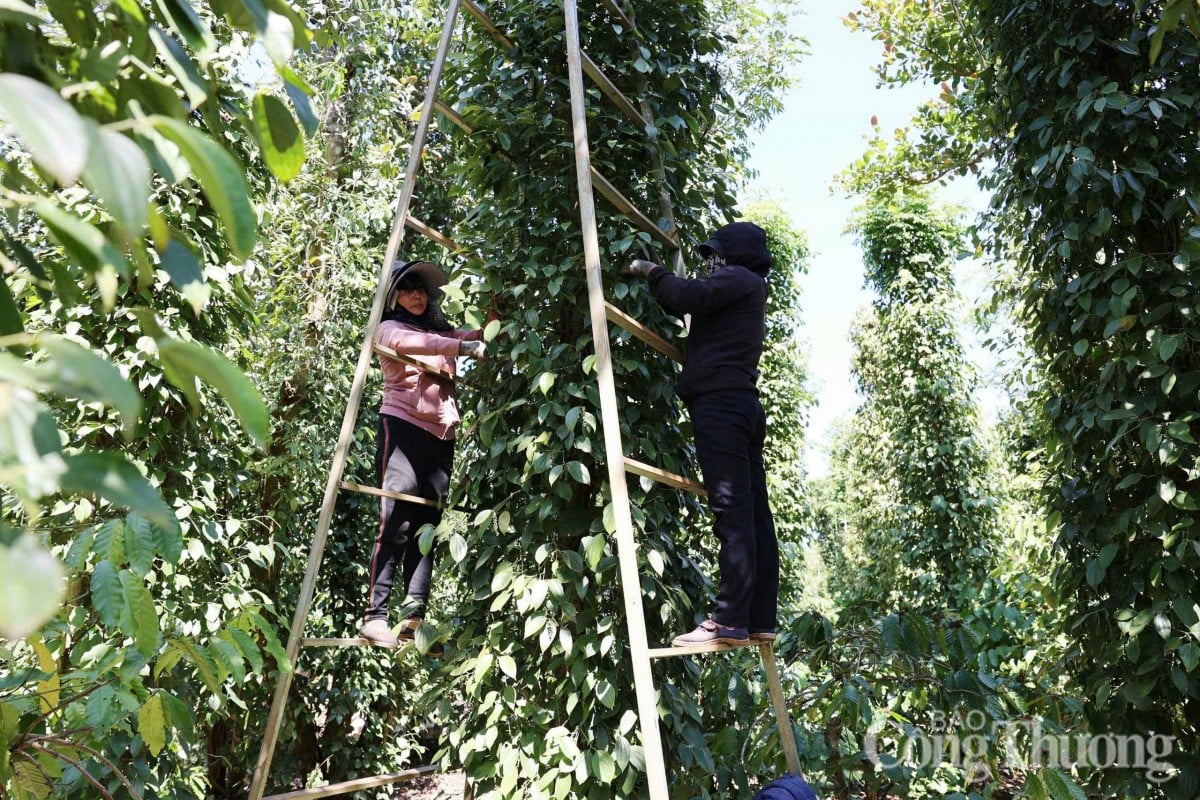








![[Photo] Binh Thuan organizes many special festivals on the occasion of April 30 and May 1](https://vstatic.vietnam.vn/vietnam/resource/IMAGE/2025/5/1/5180af1d979642468ef6a3a9755d8d51)

![[Photo] "Lovely" moments on the 30/4 holiday](https://vstatic.vietnam.vn/vietnam/resource/IMAGE/2025/5/1/26d5d698f36b498287397db9e2f9d16c)












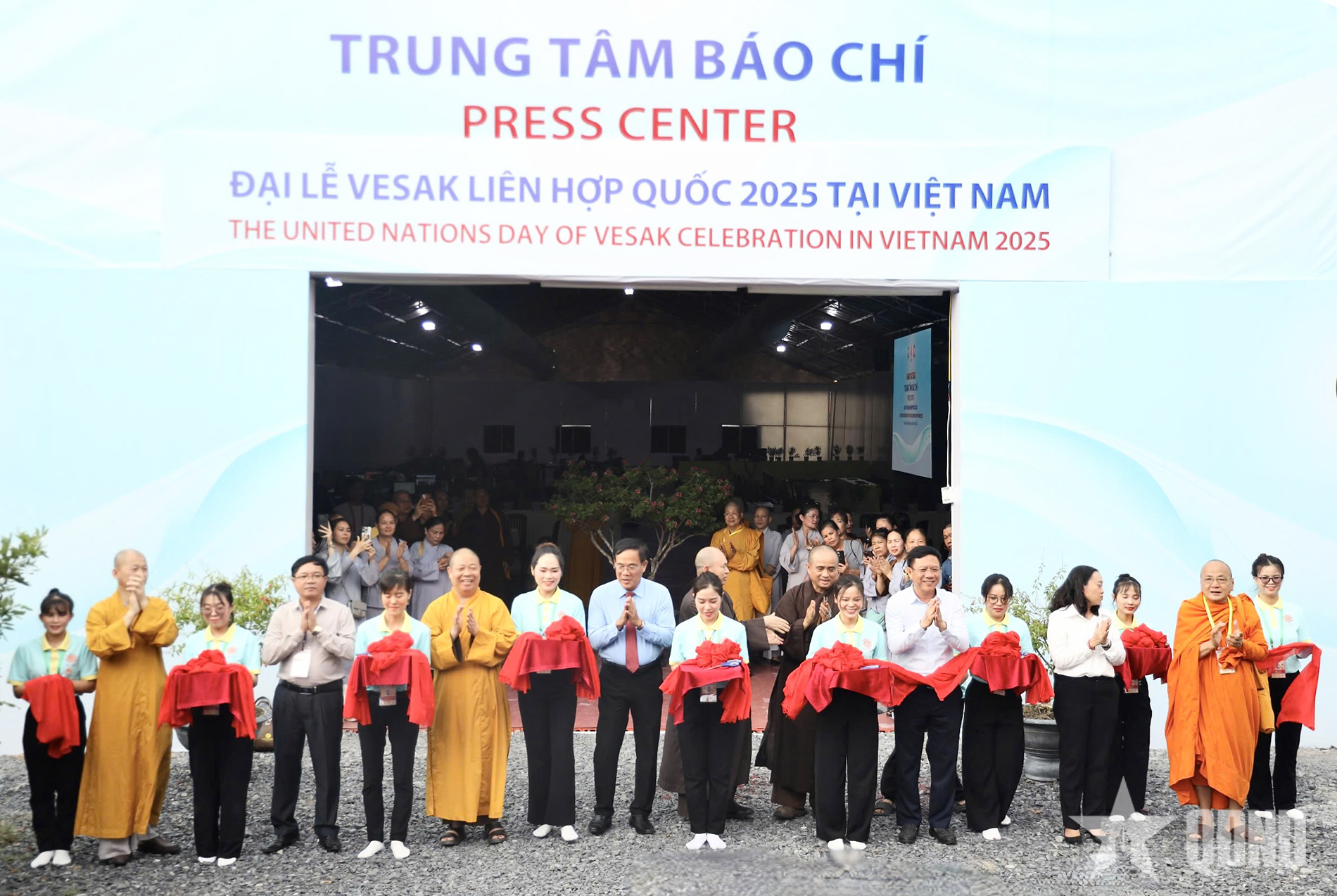














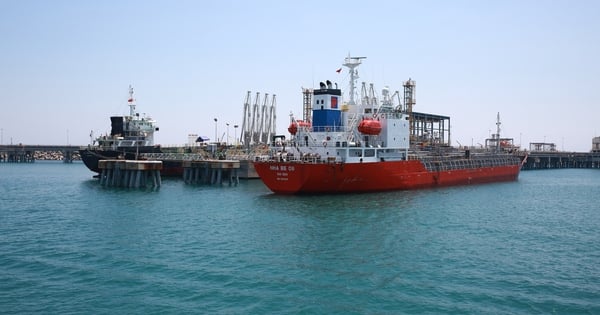


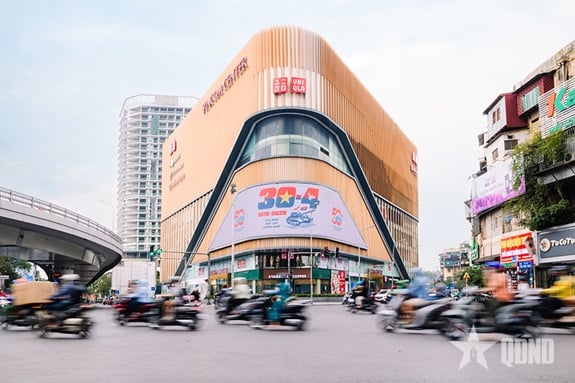







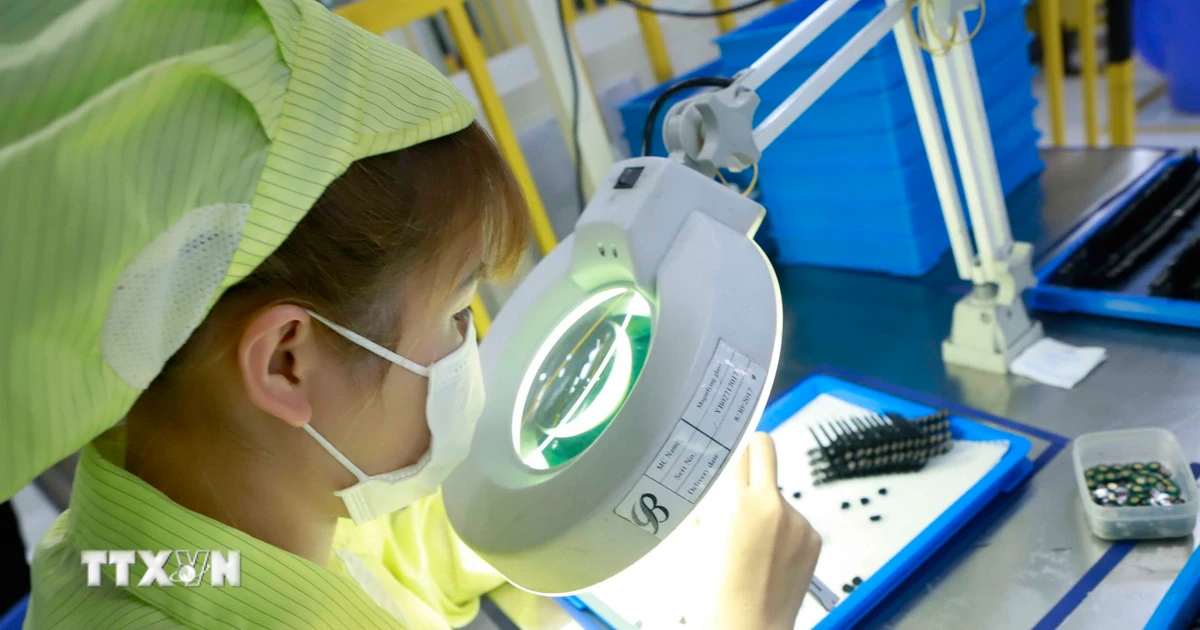
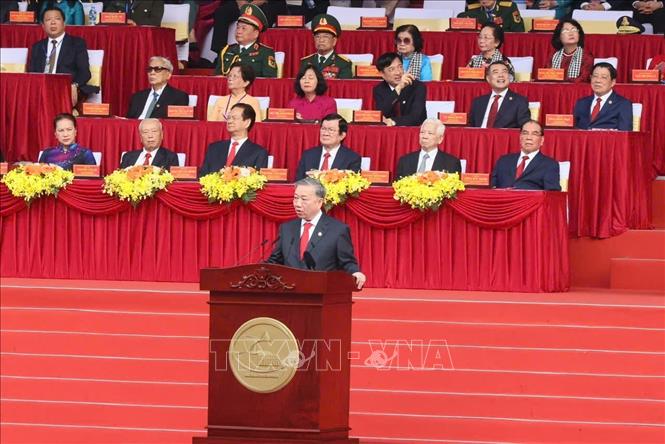

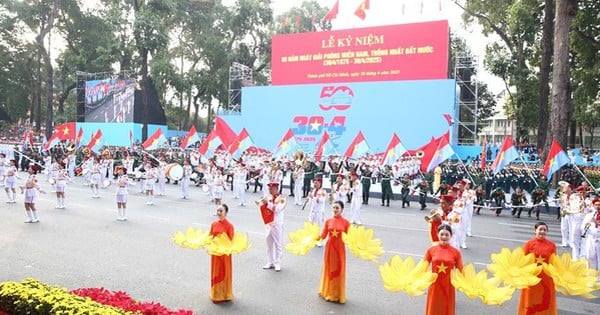
















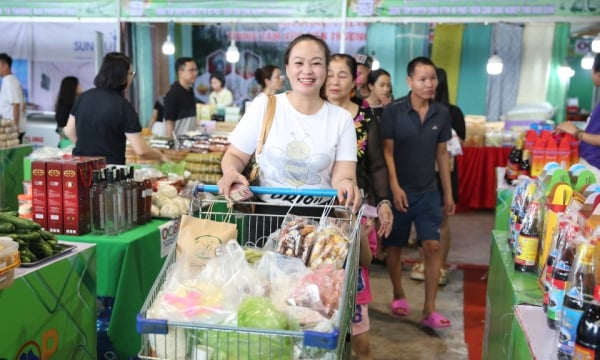

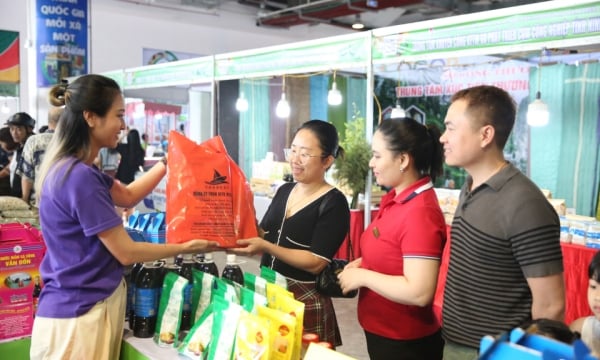



Comment (0)